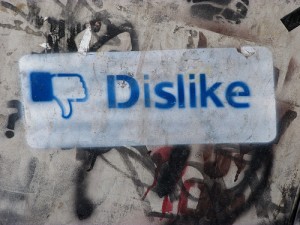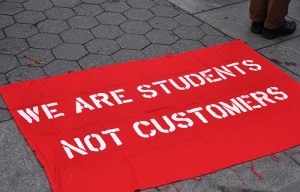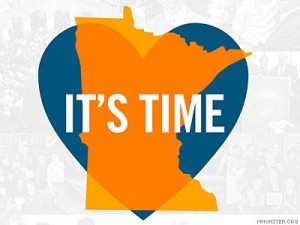Best known for her seminal text The New Jim Crow: Mass Incarceration in the Age of Colorblindness, Michelle Alexander has examined the injustices and inequality perpetuated through mass incarceration, particularly its effects on black men in the United States. However, her recent article in The Nation, reflecting on the fiftieth anniversary of the March on Washington, “breaks her silence” on interrelated topics, such as NSA spying, drone warfare, and the detention of immigrants.
In a tribute to Martin Luther King, Jr., Alexander seeks to “connect the dots” between mass incarceration and broader systems of poverty, racism, militarism, and materialism. Motivated by King’s wider critiques of the Vietnam War abroad and labor exploitation at home, Alexander refuses to keep a narrow view of the inequality of mass incarceration or “stay in her lane,” as she describes it. In the spirit of the March on Washington, she links her own research with the national and international phenomena of the war on terror and the war on drugs, saying,
When we declare war on “things” like terrorism and drugs, it becomes easy to forget that real people—mothers, fathers and children—will be targeted, caged and killed without due process, without consideration of their basic humanity, and without asking the hard questions required of complicated social and global problems that cannot be solved by a simple declaration of war.









